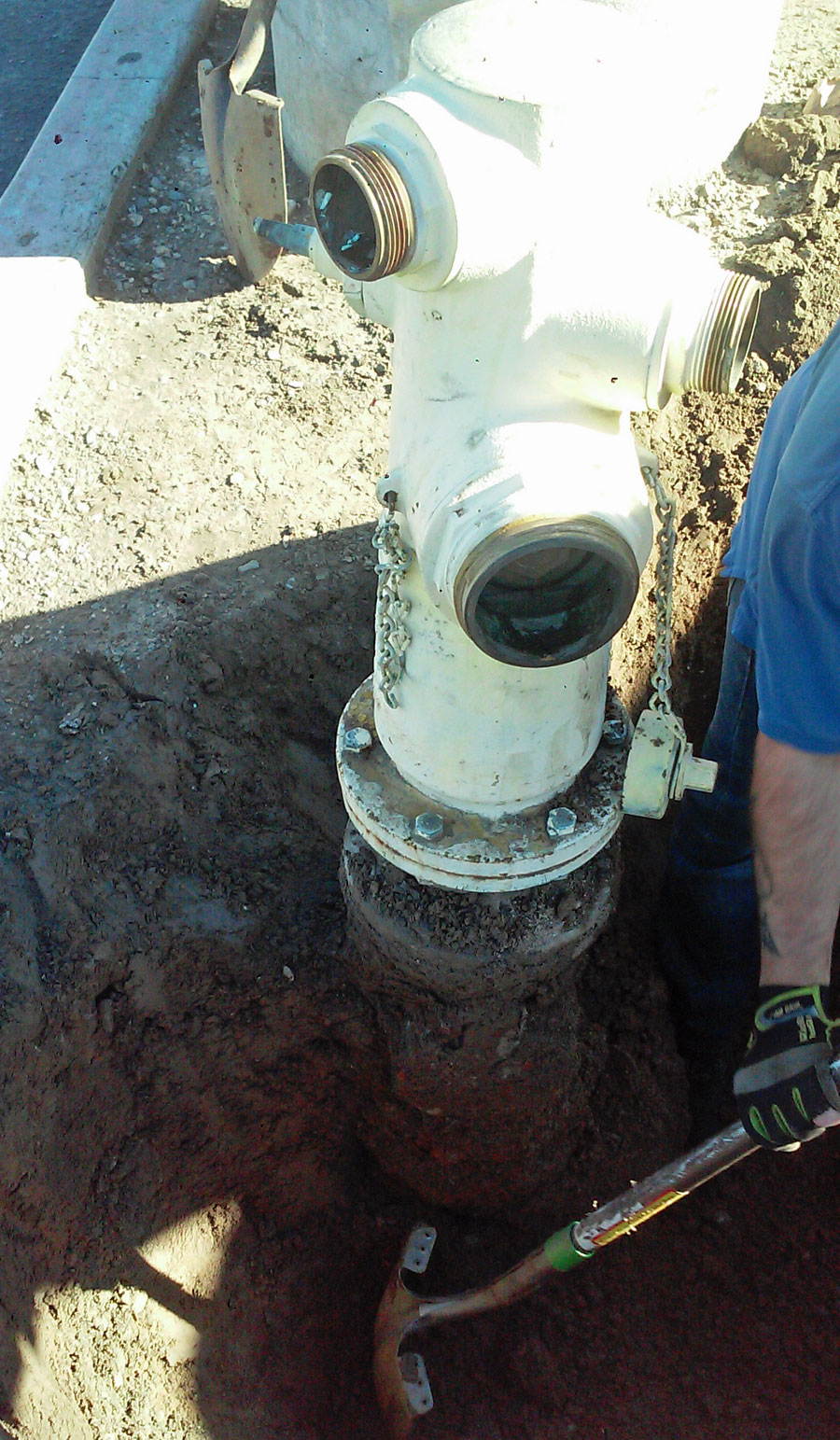
When it comes to protecting lives and property from fire, few pieces of infrastructure are as critical—and often overlooked—as the fire hydrant. These bright, often red or yellow fixtures are more than just city fixtures; they are a lifeline for emergency responders. Ensuring they function correctly through regular fire hydrant services isn’t just a smart practice—it’s a non-negotiable element of community safety.
Fire hydrants serve as the primary connection between a municipal water supply and fire suppression efforts. Without them, firefighters would be left scrambling for water during the most urgent moments of a fire emergency. However, just like any mechanical system, fire hydrants are vulnerable to wear, environmental exposure, and internal deterioration over time. Routine inspection, maintenance, and servicing ensure they work when needed most.
Why Fire Hydrant Services Are Critical
Hydrants may seem simple, but they’re highly specialized devices with several moving parts. Valves, threads, gaskets, and connection points must all be in working order to ensure proper pressure and flow. Even something as minor as rust buildup or a stuck valve can lead to delays in firefighting—delays that cost valuable seconds during a crisis.
In some communities, hydrants are not used for years, which creates a false sense of security. But much like a fire extinguisher, a hydrant must function perfectly the moment it’s needed. Routine servicing includes flushing out sediments, checking for leaks, pressure testing, lubricating components, and ensuring the unit meets local and federal standards such as those outlined in the NFPA 25 fire protection inspection code.
Legal Requirements and Insurance Compliance
Municipalities and property owners alike must comply with fire code regulations regarding hydrant maintenance. In commercial settings, failure to maintain hydrants can result in violations, fines, and complications with liability insurance. Some insurance policies may even be voided if it’s discovered that hydrant systems were non-functional during an incident due to neglect.
Beyond code violations, regular hydrant servicing is often a stipulation in fire risk assessments for businesses and multi-family properties. According to FEMA’s fire safety guidelines, accessible and functional water sources play a key role in both pre-fire planning and risk mitigation. Businesses that demonstrate proactive fire protection measures often benefit from lower insurance premiums and increased trust from local fire departments.
Who Is Responsible for Hydrant Maintenance?
Ownership of fire hydrants isn’t always as straightforward as it seems. While municipalities are typically responsible for public hydrants along streets and sidewalks, many private properties—such as warehouses, apartment complexes, shopping centers, and hospitals—have their own private hydrants. In those cases, it falls on the property owner or management company to arrange for routine inspection and maintenance.
This is where professional fire protection companies step in. Trained technicians use specialized tools and follow established protocols to test and service each hydrant. These services include painting for visibility, clearing nearby vegetation, and ensuring that threads are compatible with local fire department equipment.
Consequences of Poor Hydrant Maintenance
Neglecting hydrant services can have devastating outcomes. Imagine a fire crew arriving on the scene only to find the hydrant inoperable due to valve failure or blockages. In such cases, not only is the structure at risk, but so are neighboring properties.
Even when no fires are present, malfunctioning hydrants create headaches during inspections and emergency planning exercises. A fire inspector might flag an entire site for non-compliance due to just one broken hydrant. For businesses, that can mean postponed openings or project delays.
Hydrant Servicing as Part of a Bigger Picture
Hydrant maintenance is part of a comprehensive fire protection plan. It should go hand-in-hand with fire alarm testing, sprinkler system inspections, and emergency lighting maintenance. Together, these components form a network of life-saving tools that must all be ready to operate without failure.
More importantly, regularly maintained hydrants show a community’s commitment to safety. They assure residents, business owners, and emergency responders that the necessary infrastructure is in place to protect what matters most. They also reflect positively on building managers and local officials who prioritize proactive safety over reactive measures.
Technology and Innovations in Fire Hydrant Care
Fire protection technology continues to evolve, and that includes hydrant management. Today, GPS-based tracking systems allow fire departments and servicing companies to monitor hydrant conditions remotely. Smart hydrants can detect leaks and report pressure anomalies in real-time, reducing the risk of unnoticed malfunctions.
With tools like mobile mapping software and digital maintenance logs, fire protection providers can schedule proactive servicing and share detailed performance data with municipalities and clients. This transparency ensures accountability while also giving building owners peace of mind.
Cal-Counties Fire Protection – Fire Hydrant Services for the Inland Empire
Fire hydrants are more than metal pipes sticking out of sidewalks—they are vital components of any community’s safety system. With regular inspections, maintenance, and testing, they can be relied upon to function exactly as needed when emergencies arise. At Cal-Counties Fire Protection, we take fire safety seriously. Our fire hydrant services help ensure that your property is protected and compliant across the Inland Empire. Whether you’re managing a commercial site or a residential complex, we’re your trusted partner in keeping hydrants ready for action.
